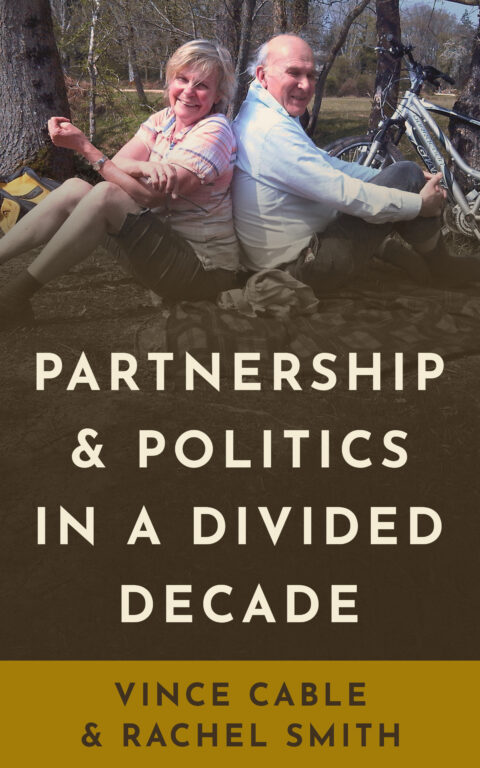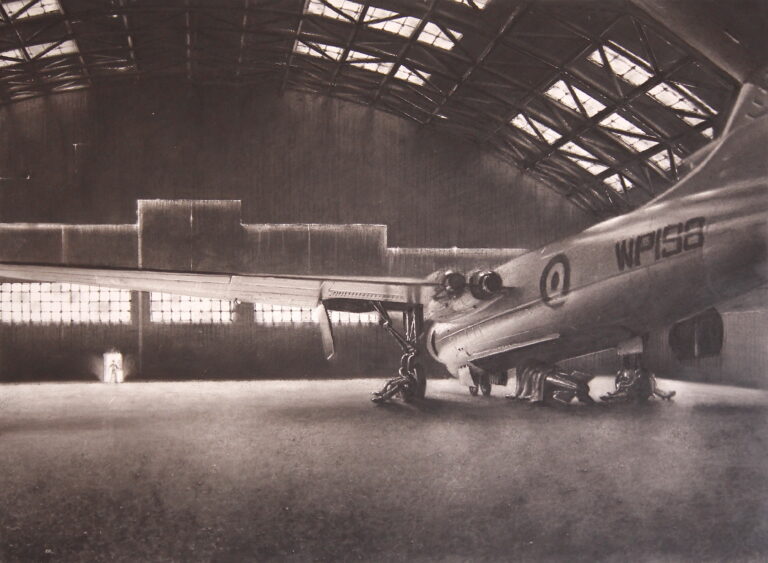
May 1968, the Liberals and community politics
 David Boyle writes…
David Boyle writes…
The Real Press specialises in history, but we also publish the occasional self-help or how-to-do-it guide. One of these was Fourth to First, which was part history of a Norfolk County Council election and part guide to winning using updated community politics techniques. It struck me that we should have a closer look at where community politics came from originally. Hence this blog.
I turned ten in May 1968. I remember how upset I was at all the Paris students breaking up the pavements to throw stones at the police. I was clearly not a very radical little boy.
Fifty years on, it does give us a chance to take another look at the heady mix of angry student radicals, community organising, hippies tuning in and dropping out, plus the civil rights movement in the the big US cities and the divided cities of Northern Ireland. It was hard to make sense of it at the time, and almost as hard now.
It was also in some ways the culmination of an equally wild and heady mixture of narratives, including the self-help movement, the anarchic street theatre, adventure playground and city farm movements, the first seeds of community protest, and the whole bundle of revolts against conventional institutions and politics of right and left.
It is a mixture that is known really only as the ‘counterculture’. It didn’t mean that you had to throw flagstones at the police to be part of it, but the counterculture was in revolt against the technocratic thinking that brought us the whole gamut of monstrosities posing as progress – high rise flats, nuclear missiles, the Vietnam War, urban motorways and so on.
Like TV channels in those days, there were only three mainstream political parties. And looking back, it seems to me that the Liberal Revival (1958-2015) was an expression of this same critique of conventional progress. If so, that was largely because of the thoughtful positioning of Jo Grimond.
And therein lies the tragedy. There were powerful forces pulling both ways in the party during those years – those who wanted to embrace the countercultural critique more wholeheartedly, and those who distrusted it and wanted the party to remain a conventional subset of the corporate establishment.
There were counterculture victories. The emergence of community politics owed itself directly to the aftermath of 1968. But sadly the counterculture has petered out inside the Lib Dems, and has become so much part of the background noise that nobody really notices it any more.
Consequently, those at the heart of the 1968 revolt were looking for independence – or were inner-directed, to use the jargon of the 1980s – so wholeheartedly that they backed Margaret Thatcher in 1979, who provided something rather different. Rather like the hero of Malcolm Bradbury’s campus revolt novel The History Man.
It seems to me that the opportunity is still there, not completely filled by the Greens: the Conservative commitment to independence is misleading, and Labour is not interested. The Lib Dems won’t fill it either with conventional soft left Fabianism – the counterculture was also in revolt against Labour welfarism – or with conventional yellow-tinged establishment thinking either.
Will they seize the day? They certainly will not do without looking a little closer at their own history, as I have tried to help them do here.
You can read our new version of community politics in Steffan and Freya Aquarone’s book Fourth to First here.


